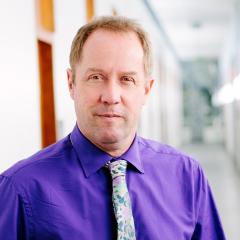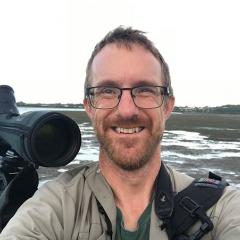I don’t think anyone is surprised by my career path in conservation science. I’m still preaching the same conservation messages that I was when I was a kid, only now I have a little bit more evidence to back up my arguments. But not many people know that my other passion is music (I’m a big fan of the Kinks, the Beatles, Elton John, Blondie and David Bowie). Before doing my Bachelor of Science I did a diploma of audio engineering and worked as a sound engineer. After a few nights of listening to some terrible music and feeling extremely underwhelmed, I switched lanes to begin my studies in ecology and zoology at The University of Queensland. While I was doing my bachelor out of my interest and love for nature, I wasn’t sure where a career in science could lead. But through the courses at UQ that featured some inspiring lecturing by CBCS members all those years ago (including Hugh Possingham, Rich Fuller, and Kerry Wilson to name a few) I realised that being a conservation scientist was a job, and I knew that’s what I wanted to do.
After a two-year hiatus of travelling around Europe and central and South America I came back to UQ to do my Honours year. This is where my passion for problem-solving began. I was tasked with developing prescribed burn schedules that balanced burning for both conservation (in fire-dependent ecosystems) and asset protection objectives in the City of Gold Coast. This challenge introduced me to spatial conservation planning, and I’m still working on these types of problems today.
Intact ecosystem conservation across scales
After a few months of working as a research assistant with the Wildlife Conservation Society, I started a PhD at UQ focused on assessing the state and planning for the conservation of intact ecosystems, which involved both global and local analyses. For the global analyses I developed metrics and assessments to quantify how human activities impact biodiversity and ecosystem services across Earth. For the local analyses I designed planning frameworks to effectively allocate conservation action, which I developed in collaboration with non-academic counter parts in applied case studies in the Orinoco region of Colombia and the eastern Democratic Republic of Congo.
More spatial planning
At the very start of the pandemic, afraid of getting trapped in Australia, I moved to Brazil and paused my PhD to work across two spatial planning projects. One was with the International Institute for Sustainability Australia (IIS-AU) where I worked on a variety of restoration planning problems including assisting with modelling the potential for natural regeneration, and the development of a Convention on Biological Diversity–supported decision support platform called WePlan Forests. The second was working with The Nature Conservancy (TNC) and Microsoft to bring a world leading conservation planning software, Marxan, to the cloud.
Back again to UQ
I’m now glad to be back at UQ as a postdoc focusing on the development of new tools and assessments to improve outcomes for ecosystem services that are impacted by teleconnections (such as global trade), and for private land conservation. As an incoming ECR Representative on the CBCS Management Committee, I’m excited about giving back to the CBCS community who have supported my science journey and am passionate about continuing to build our incredible capacity for addressing some of Earth’s most pressing challenges.
Teaser image: Brooke Williams. Photo: Emma Williams
Above image: Burrowing owl babies, Tijucas, Brazil. Photo: Brooke WIlliams



